|

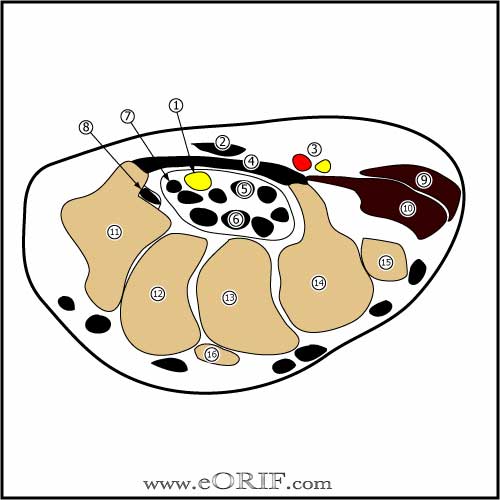
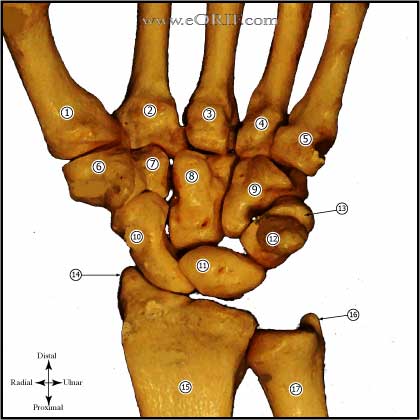
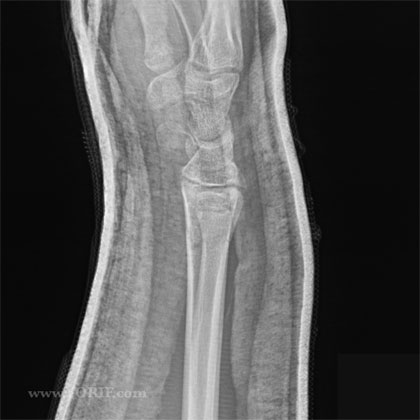
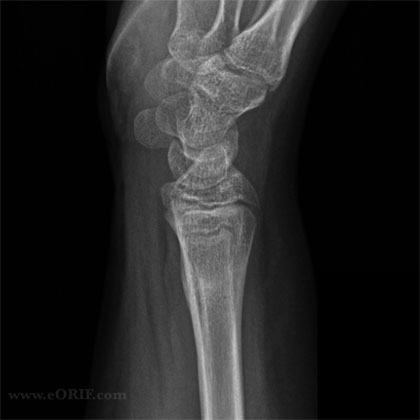
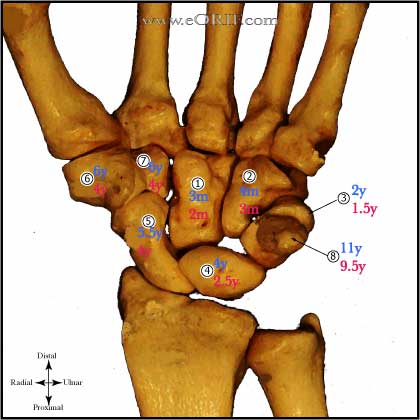
|
synonyms:
Peds Distal Radius Fx ICD-10
A- initial encounter for closed fracture
B- initial encounter for open fracture type I or II
C- initial encounter for open fracture type IIIA, IIIB, or IIIC
D- subsequent encounter for closed fracture with routine healing
E- subsequent encounter for open fracture type I or II with routine healing
F- subsequent encounter for open fracture type IIIA, IIIB, or IIIC with routine healing
G- subsequent encounter for closed fracture with delayed healing
H- subsequent encounter for open fracture type I or II with delayed healing
J- subsequent encounter for open fracture type IIIA, IIIB, or IIIC with delayed healing
K- subsequent encounter for closed fracture with nonunion
M- subsequent encounter for open fracture type I or II with nonunion
N- subsequent encounter for open fracture type IIIA, IIIB, or IIIC with nonunion
P- subsequent encounter for closed fracture with malunion
Q- subsequent encounter for open fracture type I or II with malunion
R- subsequent encounter for open fracture type IIIA, IIIB, or IIIC with malunion
S- sequela
Peds Distal Radius Fx ICD-9
- 813.40(closed lower end of forearm unspecified), 813.50(open lower end unspecified)
- 813.41(closed Colles Fx), 813.51(open Colles Fx
- 813.42(closed other fractures of distal end of radius alone) (813.52(open other radius alone)
Peds Distal Radius Fx Etiology / Epidemiology / Natural History
Peds Distal Radius Fx Anatomy
- Distal radius carries 80% of axial load
- ROM-80°dorsiflexion, 85°palmarflexion, 90°pro\sup,25°radial deviation,35°ulnar deviation
- Distal radius 3 column anatomy: Radial column (strong cortical bone), Intermediate column (contains lunate facet and sigmoid notch); Distal ulna column (contains TFCC) (Rikle DA, JBJS 1996;78Br:588)
- inclination=23°,radial length=12mm, volar tilt=11°
- sensory branch of radial nerve becomes subcutaneous 5-10cm proximal to radial styloid in interval between brachioradialis and ECRL. It bifurcates before wrist. Dorsal branch 1-3cm radial to Listers. Supplies 1st and 2nd web spaces. Palmar branch passes within 2cm of 1st dorsal compartment provides sensation to dorsolateral thumb after passing directly over EPL.
- Dorsal cutaneous branch of ulnar n arises deep to FCU, becomes SQ 5cm from pisiform-has multiple branches
Peds Distal Radius Fx Clinical Evaluation
- Pain, swelling, deformity in forearm.
- Document neurovascular exam before and after any treatment.
Peds Distal Radius Fx Xray / Diagnositc Tests
Peds Distal Radius Fx Classification / Treatment
- acceptable reduction: bayonet apposition up to age 10-12. Up to 20 degrees of dorsal angulation in girls <12, boys <14; up to 15 degrees residual radial/ulnar angulation in girls <12, boys <14
- Buckle Fracture: (1)intact cortex on all views (2)no visible fracture lines extending toward the physis on any view (3)two or three inflection points in the cortex on either anteroposterior or lateral view, whichever best represents the fracture (4)correlation between the images and the point of tenderness on exam. (Samora J, ASSH 2017 annual meeting, AAOSnow Jan 2018)
- Buckle Fracture with two or three points of inflection=stable buckle fracture, can be treated in velcro splint.
- Buckle fracture with one point of inflection=not a stable buckle fracture and requires cast immobilization
- re-manipulation indicated within 10-14 days. After 2wks observation is generally indicated, perform osteotomy after skeletal maturity if symptoms develop, or remodeling is inadequate.
- Fractures with bayonet apposition, 5mm of radial shortening, 4º sagittal angulation and 3.2º coronal angulation treated with molded casting without sedation or reduction have demonstrated good outcomes-full ROM, no pain, no limitations. (Crawford SN, JBJS 2012;94A:246)
- Aitken demonstrated that these fractures have a tremendous capacity to remodel. In his review of 58 patients, 10 were older than age 14 years and none of them showed any evidence of deformity in the follow-up examination. Therefore, the treatment of choice is application of a well-molded short arm cast for 3 to 4 weeks. Remanipulation, whether open or closed, should be avoided as it carries a high risk of causing a growth arrest. Osteotomies to correct angulation should be delayed until the child has completed his or her growth Aitken AP: The end results of the fractured distal radial epiphysis. J Bone Joint Surg 1935;17:307-308
- consider CRPP for unstable fx’s (McLauchlan GJ, JBJS BR 2002;84:413-417)
- Metaphyseal distal radial fx: high rate of loss of reduction, generally reported @30%. Consider CRPP. Smooth K-wires. 1st pin placed from radial side distal to fracture passing obliquely to the ulnar side of the radius proximal to the fx. 2nd pin (if needed) placed distally between the 4th & 5th extensor compartments passing obliquely across the fx to the proximal radial side of the radius.
Peds Distal Radius Fx Associated Injuries / Differential Diagnosis
- Pediatric scaphoid fracture
Peds Distal Radius Fx Complications
- Physeal arrest
- Malunion
- Nonunion
Peds Distal Radius Fx Follow-up Care
- xrays taken at 5-7 and 12-14 days after reduction to detect repeat displacement. Predictors of loss of reduction are the initial degree of displacment and quality of reduction (greater than 50% translation=likely to displace_.
Peds Distal Radius Fx Review References
|






